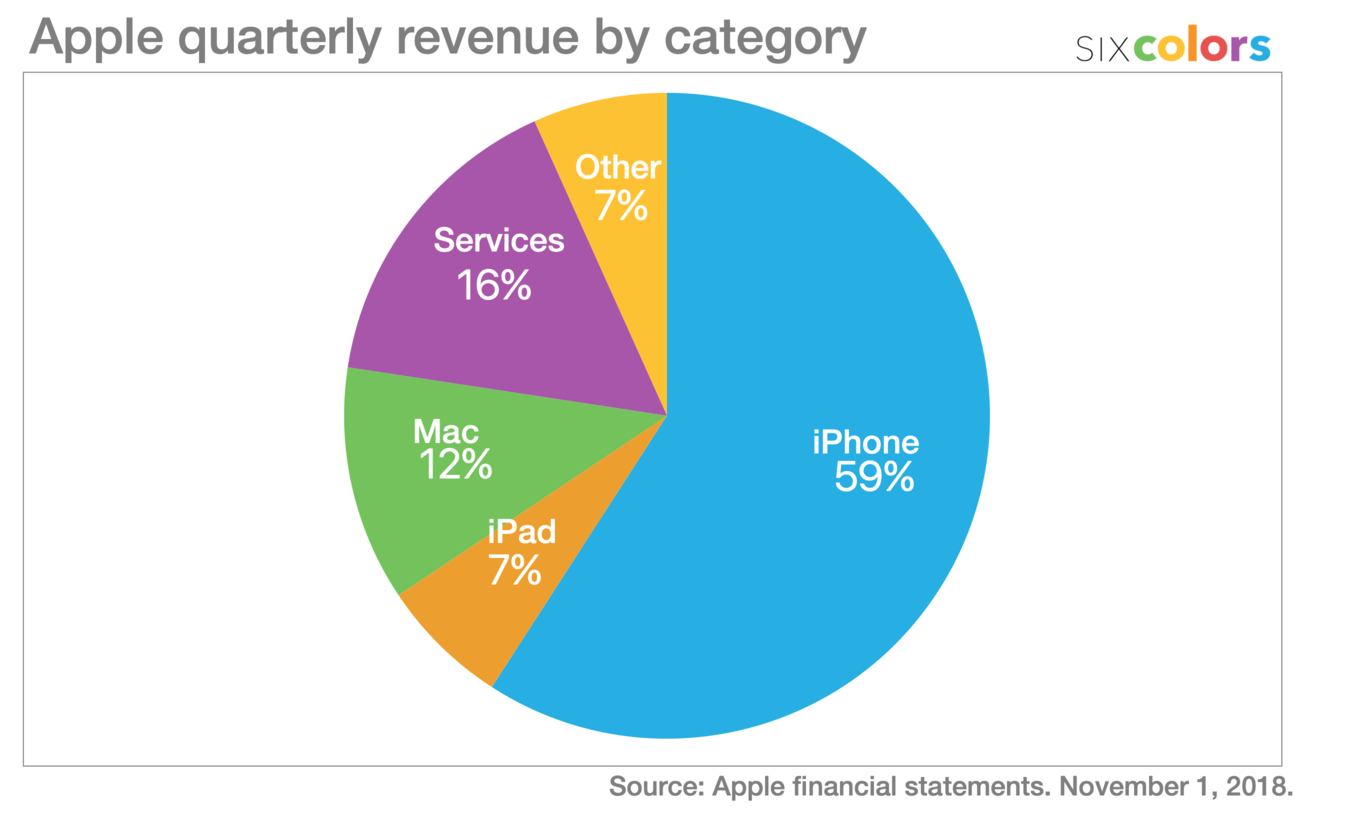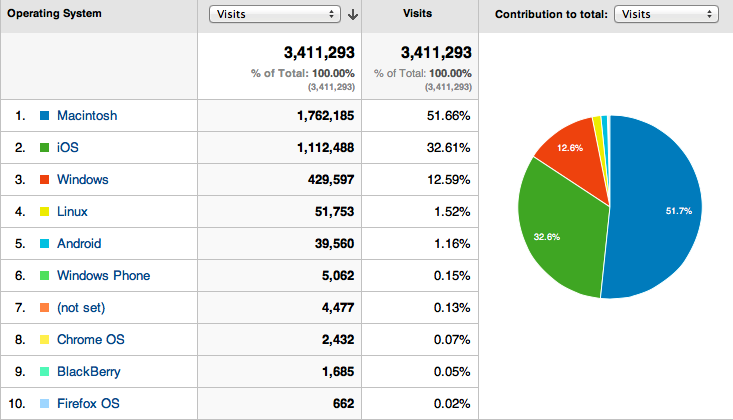Daring Fireball: Google Chrome For Mac
Music ^M00:00:02 Hi, I'm Josh Lowenstein from CNET, and I'm going to be taking a First Look at Google's Chrome Browser for Mac. Chrome's been out on Windows since September of last year, but getting it onto Mac and Linux has been quite a challenge for Google. This week the company released developer builds for both platforms. These are missing many of the features found on the Windows version, but give us a taste of what's to come.
So let's start by talking about what works. Chrome on Mac is fast. It takes about three seconds to start cold, and less than a second to open up a new window once you've closed out the application. That speed can be found on JavaScript rendering, too. JavaScript rich web applications, like Gmail, Picasa, web albums, and Flickr load in fast.
They also feel incredibly responsive, just like a desktop application. Chrome on Mac also throws in a few flourishes that the Windows version does not. New tabs zoom up to the top of the screen, and whatever tabs your on gets a little wider than the others. Speed and fancy menus aside, there are plenty things of missing that keep that early version of Chrome from replacing your current browser. For one, Adobe's flash doesn't work, which means you can't watch videos on YouTube or use sites that have flash-based menus. You also can't' manage your bookmarks.
You can add them just fine, but there's no way to delete or reorganize the sites you've saved. You can't print pages, or even visit some off them, including Yahoo mail, which doesn't recognize the browser and blocks it. If you're planning on using a search tool other than Google, you're also out of luck. You can't change that either. Google is sure to fix most of these things before releasing Chrome for Mac and Linux in Beta, but if you're feeling brave, you can download them off Google's Chrome development site right now. I'm Josh Lowenstein, and this has been a First Look at the development version of Chrome for Mac. ^M00:01:45 Music Culture.
Going Flash-Free on Mac OS X, and How to Cheat When You Need It Thursday, 4 November 2010 Last week that, I’d completely disabled Flash Player on my Mac. But I have a cheat, for web pages with Flash content with no non-Flash workaround. I’m really happy with this setup, so I thought I’d document it here. Previously, I used and recommended the excellent. The original ClickToFlash is a plugin, not an extension. That sounds pedantic, perhaps, but bear with me.
Earlier this year, Safari 5 introduced a new, officially supported extension API. These Safari extensions are much like Firefox extensions. They’re written using JavaScript (and HTML and CSS for presentation, if they present a user interface). Safari extensions are the things, and which you manage via the Extensions tab in Safari’s preferences window. Web content plugins are not new — they date back to Netscape in the mid-1990s. Plugins are for content formats. E.g., if you have the QuickTime plugin installed, then your browser can play embedded QuickTime movies.

Flash Player is a plugin. The original ClickToFlash was possible before the Safari 5 extension API even existed because it (the original ClickToFlash) is a plugin. It masquerades as a plugin that claims to be able to play Flash content, and overrides the actual Flash Player plugin. So when you load a web page containing Flash, the browser lets the ClickToFlash plugin handle the embedded Flash. Instead of actually loading the Flash content, ClickToFlash instead draws a box with a nice little “Flash” logo.
If the user clicks that box, ClickToFlash hands the content over to the actual Flash Player plugin. Thus, Flash Player is there, and works, but it only loads after the user clicks on a Flash content box to load it. It’s a kludge, but it works well, and I’ll bet many of you are using it.

Daring Fireball Google Chrome For Mac
Confusion sets in when you see that there also exists — a project by Marc Hoyois that duplicates most of the features of the ClickToFlash plugin using the new extension API instead of the long-standing plugin API. It looks interesting, and some DF readers have emailed me to endorse it, but I haven’t tried it personally. Here’s what I did last week. First, I disabled the Flash Player and old ClickToFlash plugins. On my system, Flash Player was in the default location: /Library/Internet Plug-Ins/.
I moved “Flash Player.plugin”, “flashplayer.xpt”, and “NP-PPC-Dir-Shockwave” out of that folder and into a new folder I created next to it named “Internet Plug-Ins (Disabled)”. All you need to do to disable them is move them out of /Library/Internet Plug-Ins/. I also moved ClickToFlash (“ClickToFlash.webplugin”) to this disabled plugins folder. (ClickToFlash, if you have it installed, might be in the Library/Internet Plug-Ins/ folder in your home folder, rather than at the root level of your startup drive.) After logging out and logging back in to my user account, Flash Player is no longer available to Safari or Firefox.
This is more or less the state Mac OS X. To me this is better, and in some way more honest, than using ClickToFlash. Without Flash installed, Safari effectively tells websites you visit, “Hey, I don’t have Flash installed”, which allows the sites to send alternative content. Static images instead of Flash for ads, for example. With ClickToFlash, Safari is effectively telling websites you visit, “Yes, sure, I have Flash installed,” but then not actually loading Flash content. I see far fewer “Flash missing” boxes in web pages now than I did with ClickToFlash. As per Frank’s recommendation, I’ve installed the excellent.

With this extension installed, embedded YouTube videos are modified to use the HTML5 video tag rather than Flash Player for playback. This is possible because behind the scenes, all YouTube videos are encoded using H.264. For the vast majority of my surfing, this new setup works great. I prefer it over my previous setup using the ClickToFlash plugin because Flash Player is never left running in the background because of a background Safari web page on which I clicked to load Flash content hours (or even days) ago.
It also means that the Flash plugin never gets loaded into other non-browser apps that happen to use WebKit — eliminating the number one for many of these apps. Cheating With Google Chrome But that doesn’t mean I never run into Flash content I wish to view but for which there is no HTML5 alternative.
Google Chrome offers a workaround — Chrome includes its own self-contained Flash Player plugin. Removing Flash Player from /Library/Internet Plug-Ins/ prevents Safari and Firefox (and almost all other Mac web browsers) from loading Flash content, but not Chrome.
So, whenever I hit a page with Flash content I wish to view, I open that page in Chrome. As soon as I’m done watching it, I quit Chrome, which ensures Flash Player isn’t left running in the background. I’ve also added a shortcut for opening the current Safari page in Chrome quickly. First, if you haven’t done so already, enable Safari’s Develop menu. (It’s a checkbox in the “Advanced” panel of Safari’s preferences window.) The Develop menu contains an “Open Page With” sub-menu, which lists all the web browsers you have installed on your system., I set a custom menu key shortcut for the command to open the current page in Google Chrome. Whenever I’m on a page in Safari with Flash content I wish to view, I hit that shortcut, and boom, Chrome launches and loads that page.
(Hint: when you create the custom shortcut, and are asked for the name of the menu item, just use “Google Chrome” or “Google Chrome.app” (whichever appears in your Open Page With sub-menu).) Update, 14 March 2011: Safari 5.0.4 changed the Develop menu a bit, breaking the above instructions. The easiest solution is to. The Coming of HTML5 Animated Ads Whenever I mention the performance and battery life gains to be had by disabling Flash Player (like ), I get a few responses via email and Twitter pointing out that if advertisers switch to HTML5 from Flash for obnoxious animated ads, those performance gains may vanish, and, perhaps worse, it won’t be as easy to block unwanted HTML5 animation in this hypothetical future as it is to block unwanted Flash animation today, because HTML5 isn’t rendered through a specific plugin. My answer: We’ll cross that bridge when we come to it. As of today, there are significant performance and battery life gains to be had by disabling Flash Player on Mac OS X.